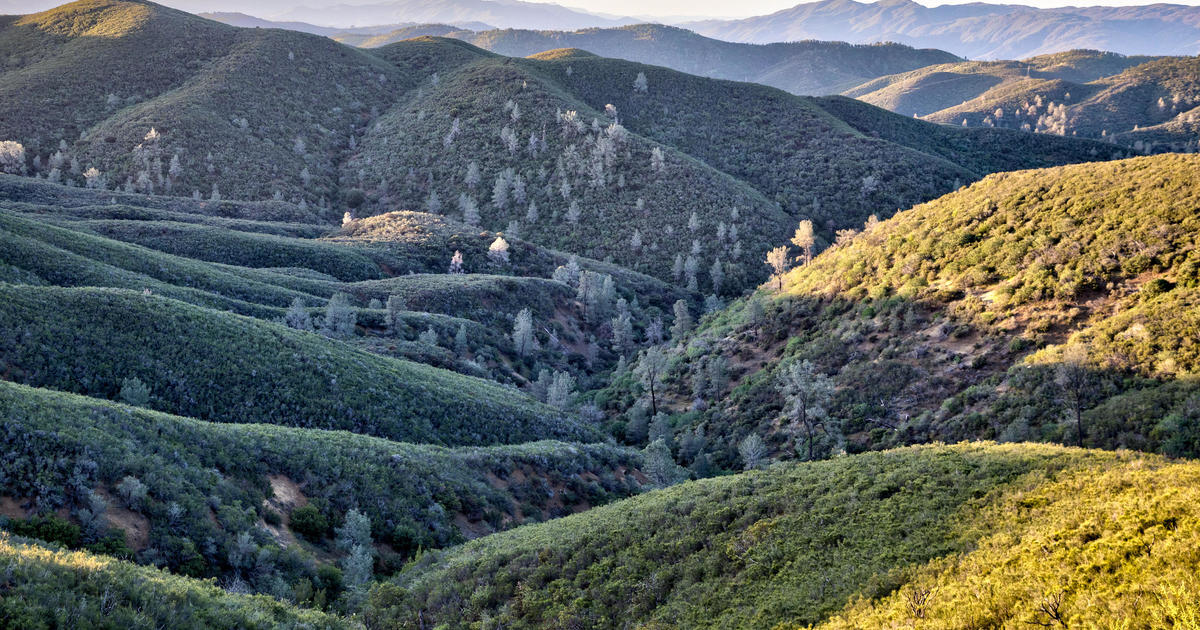Skiing in the uncertainty: How Northern California ski resorts keep up with a changing climate
OLYMPIC VALLEY — California winters can be unpredictable. Although last year was a record year for the state, not all winters are like it. This has created challenges for those relying on the snow, especially ski resorts.
The uncertainty of our winter seasons has been an uphill battle for Brendan Gibbons, the director of snow surfaces at Palisades Tahoe.
"I've really noticed a change in the dry spells, the warmer spells and rainier periods. We're challenged more and more each season," Gibbons said.
In the past two years, Palisades Tahoe has invested $6 million into snowmaking infrastructure across both Palisades and Alpine. They've added 21 snow guns to both sides of the mountain to help in the years when natural snowfall falls short.
"When we get the right temperatures all we have to do is push a button and we are making snow. This ensures we have a longer season because man-made snow does last longer than natural snow." Gibbons said.
Gibbons said the equipment has helped, but they don't always have the right conditions to make the snow.
"We have a smaller window of opportunity to make snow. So, when we used to have maybe seven days of snowmaking temperatures around the clock, nowadays we might see about two days of snowmaking temperature around the clock," Gibbons said.
Warmer temperatures overnight and not enough moisture in the air create a smaller window to make snow, forcing them to use what they have.
"I've seen years where we've been putting snow in patrol sleds and moving that to different areas around the hill and then dumping out the sleds to try to piece together a run for the guests. So those years are very tough," Gibbons said.
On average, Palisades Tahoe averages 400 inches of snow annually. But their annual average may change as the window of drier and warmer winter seasons expands.
Andrew Schwartz, a lead scientist at the UC Berkeley Snow Lab, said snow across the Sierra is starting to fall at higher elevations.
Recording these changes at the snow lab the last 75 years, they've also seen big changes in Northern California's snowpack.
"We've always seen big swings from drought and into heavy years of rain and snowfall. We're starting to see those extremes become a lot more pronounced," Schwartz said.
The most pronounced change is more warming during the winter.
"Last year was kind of an anomaly in that we were abnormally cold for a change of pace. But, generally speaking, we are warming and we're seeing our snow season become shorter because of that," Schwartz said.
Shrinking seasons and making it challenging for resorts below 9,000 feet in elevation.
"It really depends year to year, but we often see these types of shifts as a result of anthropogenic climate change. The warming of our atmosphere means that we do see warmer storms," Schwartz said.
Forcing more resorts to make their own snow and create revenue year-round to stay open.
"There has been a big push on these resorts to put in things like mountain biking trails where they can still utilize their land but in a way that doesn't require the snowfall," Schwartz said.
Schwartz said with climate change it won't just be ski areas in Northern California that struggle, but more across the world may start having snow issues.
"If we can curb our emissions, hopefully, we won't see too many ski resorts go out of business and lose their snowpack," Schwartz said. "If we keep emitting at rates that are accelerating, then that's when it really becomes problematic."
At the snow lab, Schwartz said the biggest shift in our climate data has been warmer Januarys.
"We're seeing the season shorten, but we're also seeing January really warm up and transition to rain quite fast. Which is a bit concerning because ordinarily that's in the winter and one of our coldest months," Schwartz said
Ski resorts like Palisades Tahoe are left wishing every season was like 2022-2023.
"I think we were north of 720 inches of snowfall, natural snowfall here at the ski area... A lot of snow is always a lot better than not enough snow," Gibbons said.
The question remains will there be more booms or busts across the Sierra Nevada?
"Ski resorts are going to struggle more. It just depends on if we are able to curb our emissions and shift away from continually making climate change worse," Schwartz said.
But snow-makers like Gibbons are staying hopeful.
"It's always an exciting thing to not know what's going to happen to us and then as it starts to happen to react to it because it is something we have dealt with a lot. That unknown is something I enjoy and embrace," Gibbons said.
For stories about how winter is changing across the country, and to watch the documentary 'On the Dot' please visit Arctic melting foreshadows America's climate future.



